Last month, we published our hands-on with the new Original Prusa MK4S, a 3D printer update that dramatically improved the MK4’s cooling and added a high-flow nozzle to the Nextruder. Overhangs were a key focus in Prusa’s marketing of the release, and we praised the system for its impressive 75º overhangs.
We also mentioned an observation from YouTuber Robert Cowan, who said the initial notable performance gap between the MK4S and competitor Bambu Lab’s X1C 3D printer was elevated due to a slicer bug originating in Prusa Slicer – Bambu Studio’s foundation. That bug made Bambu Studio treat exterior overhang layers as bridging, Cowan said, which resulted in too-high printing speeds and poor results.
The bug remained in Bambu Studio until shortly after the MK4S release, whereas Prusa Slicer caught the bug earlier.
So, with the bug squashed, how do the two flagship printers compete on overhang quality? We put them head-to-head to get an idea.
Overhang Torture Tests
To compare the two systems, we ordered fresh new filament from five brands: Prusament PLA (Galaxy Black), Bambu Lab Basic PLA (blue), Polyterra PLA (yellow), Overture PLA (red), and FormFutura rPET (black) and printed the two overhang models that came with the MK4S: the Scandic Plate and Overhang Torture Test.
With the exception of FormFutura ReForm rPET (which we’ve compared to PLA for its easy printability), we stuck to PLA and used material-specific print profiles where available and generic profiles where not.
One possible consideration is that we printed these tests on the Bambu Lab X1E – the X1 series 3D printer still set up in our labs – and not the X1 Carbon most users have run these comparisons with. The X1E is largely the same machine, but can reach 20º C higher on the hot end, has a chamber heater (not used in these tests), and some network security features. Otherwise it’s the same plastic-pooping box we know and love.
Prints on the X1 were made with the enclosure door open, as advised by Bambu Lab. Here are the results:
Prusament PLA
The X1 struggled with Prusament PLA on a generic PLA print profile, while the MK4S on a Prusament PLA profile, perhaps obviously, excelled with the material.

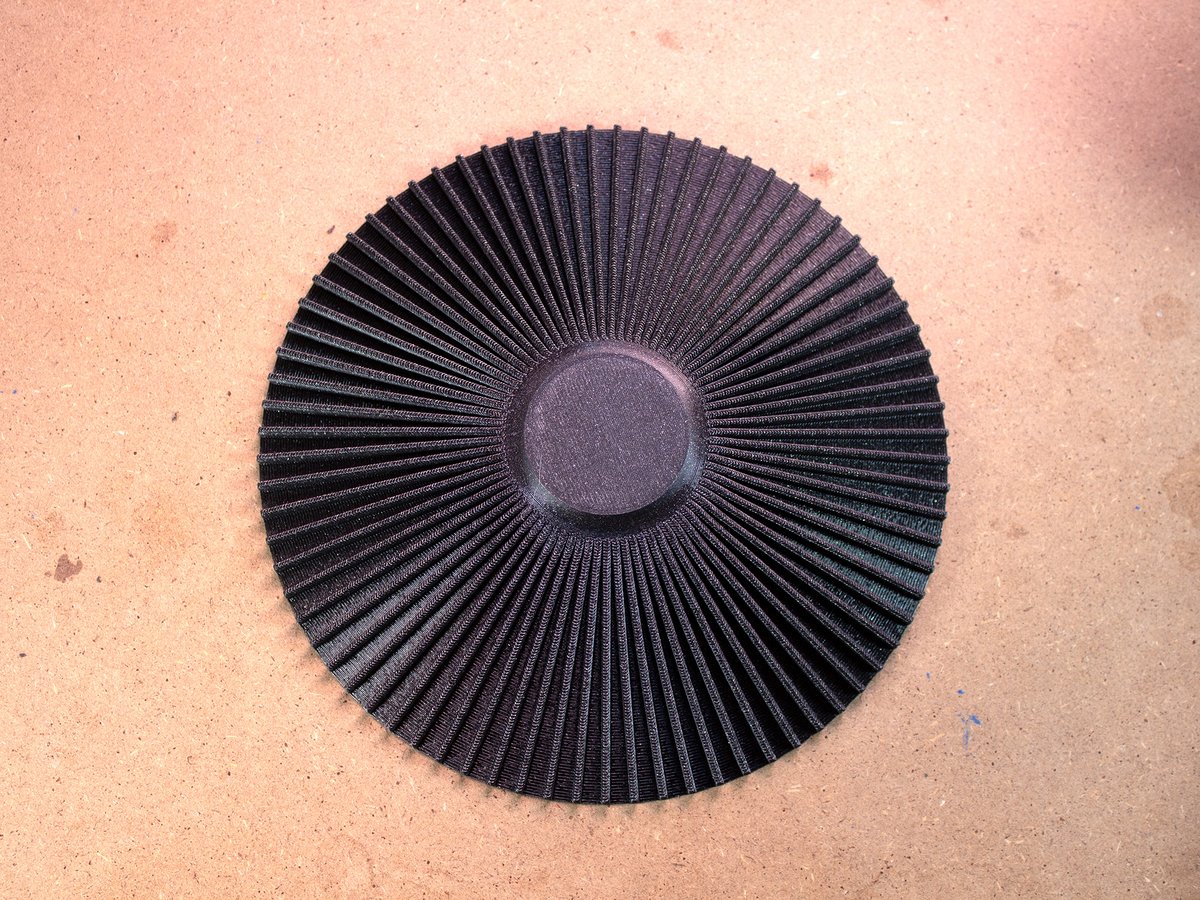

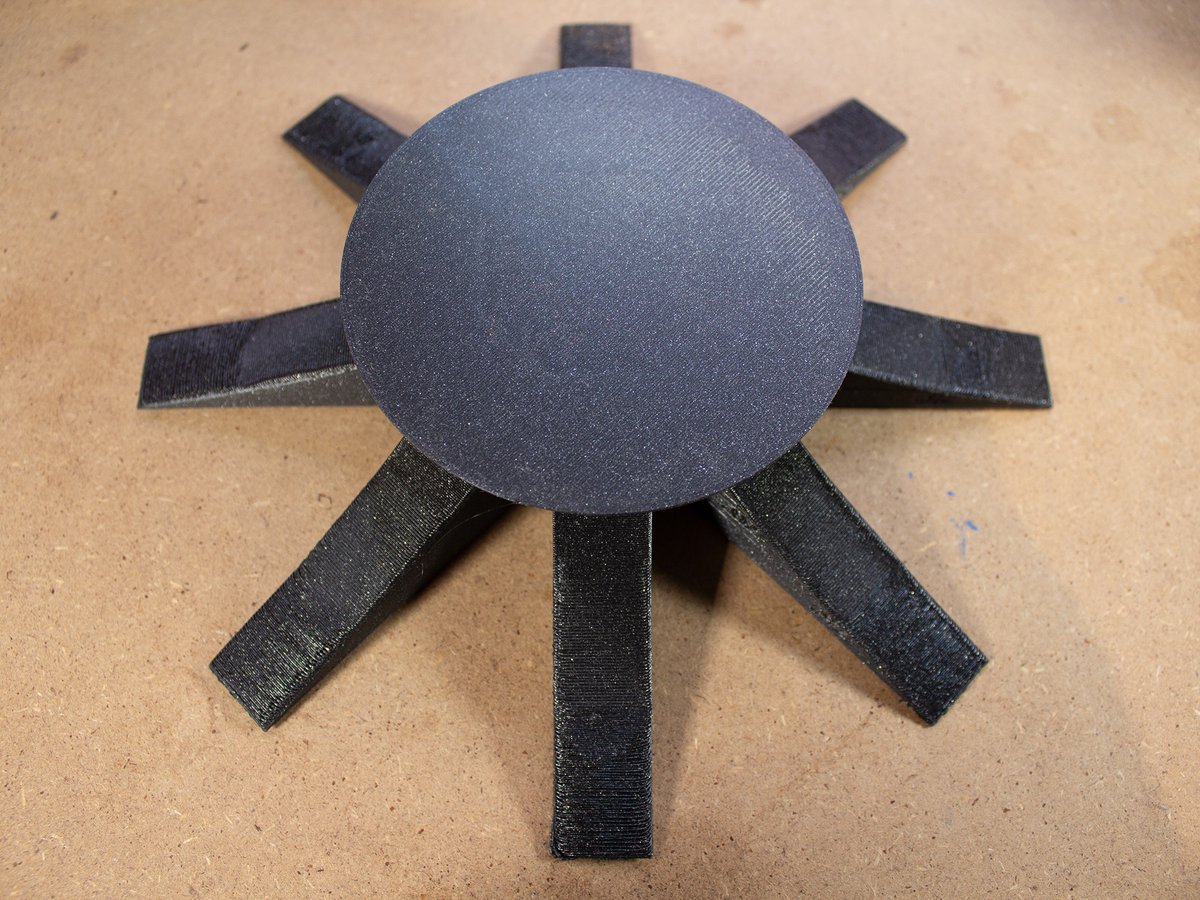
Bambu Lab Basic PLA
Both machines excelled with Bambu Lab Basic PLA, with the X1 using a Bambu PLA Basic profile and the MK4S using a Generic PLA profile.

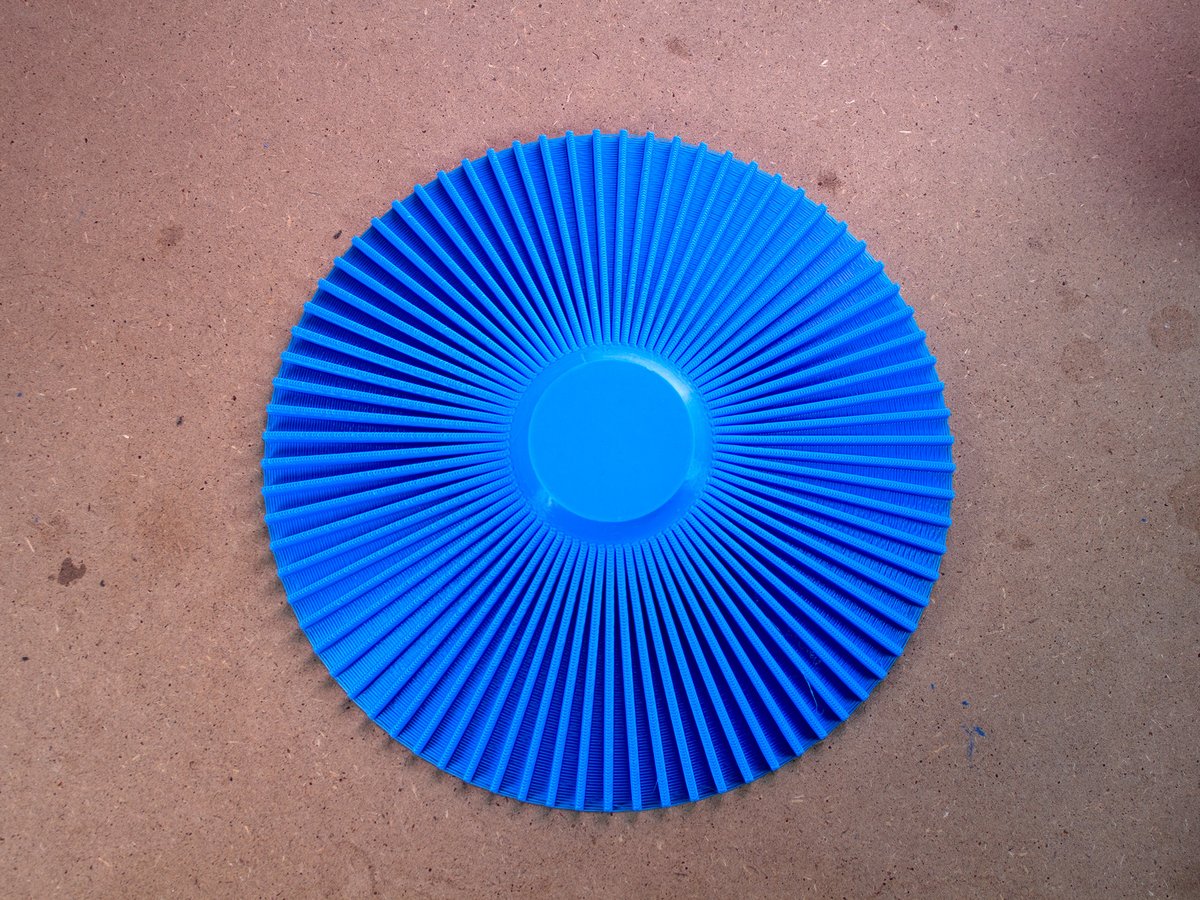

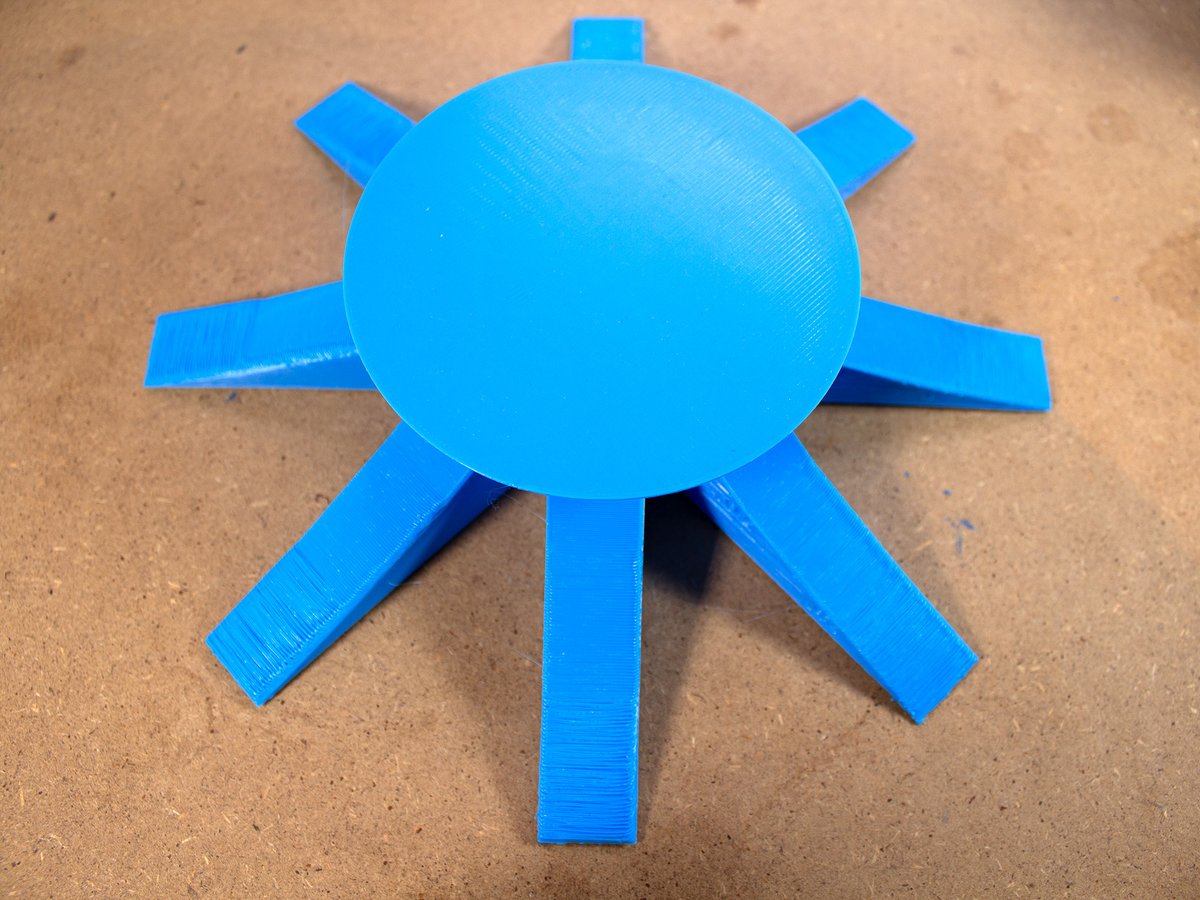
PolyTerra PLA
The X1 struggled with PolyTerra using a PolyTerra PLA profile. Interestingly, the MK4S printed the Scandic Plate very well with PolyTerra PLA on a Generic PLA profile, but the Overhang Torture Test was a noticably rougher print.




Overture PLA
With Overture PLA, the X1 again struggled despite printing on the Overture PLA profile. The MK4S excelled with the material on a Generic PLA profile.


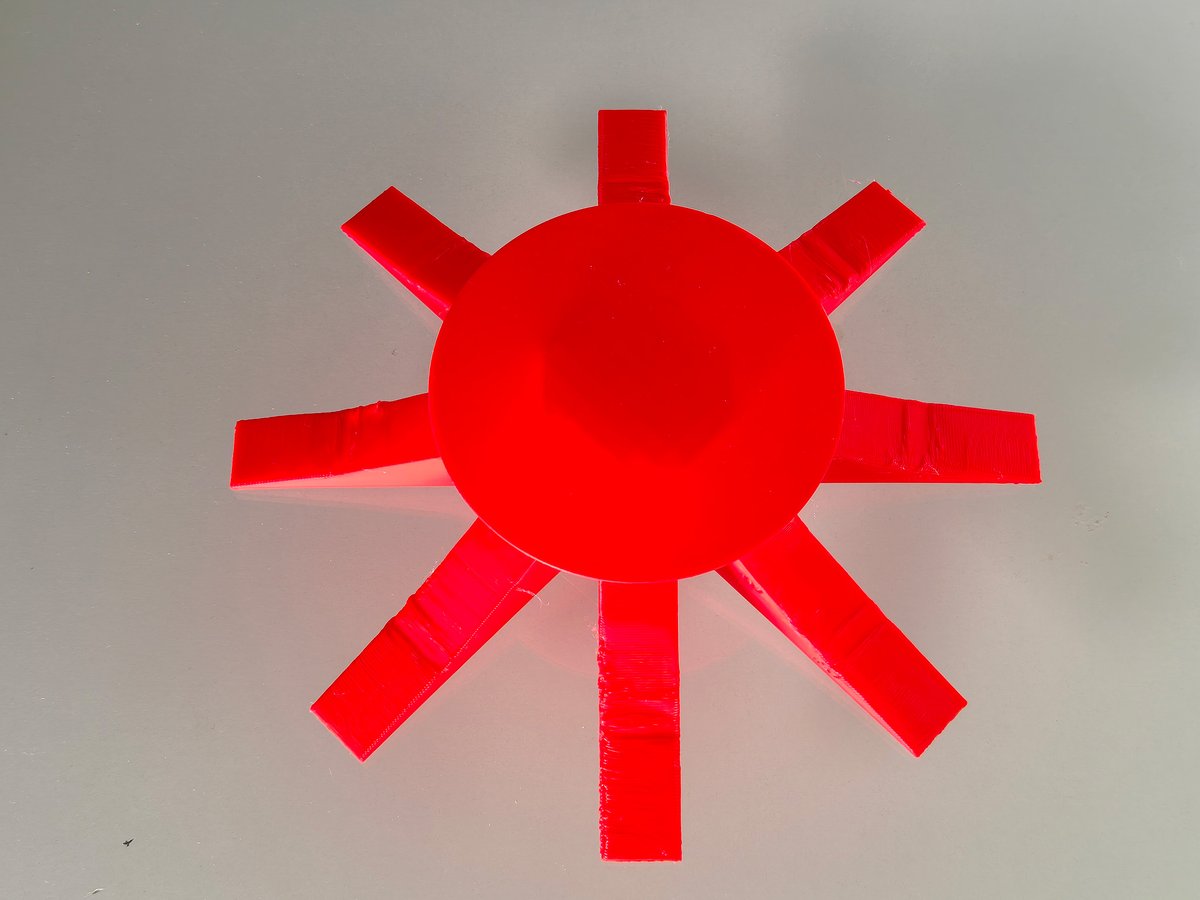

FormFutura ReForm rPET
Both the X1 and MK4S printed FormFutura ReForm rPET well using a Generic PETG profile, but both did have some issues.
The X1 printed with noticably more stringing on the Scandic Plate, while the MK4S’ Overhang Torture Test printed with a roughness on the overhang side that we don’t attribute to a cooling failure, but may show some extrusion issues in those areas.




Conclusion
Both machines performed admirably on such ambitious overhangs – we wouldn’t have expected good results from 75º overhangs like the Scandic Plate until this generation of 3D printers.
However, we do think there’s a clear winner in our overhang testing, with the Original Prusa MK4S beating out the Bambu Lab X1.
That result came as something of a surprise. The Bambu Lab X1 had a distinct advantage in that many materials which normally have a dedicated profile via Prusa Slicer, such as PolyTerra, don’t yet for the MK4S. It’ll take time to adjust for the system’s new cooling and high-flow nozzle. The Bambu Lab X1, having been around for a while, does.
The result was that all materials but Prusament printed on the MK4S used a generic profile, while the X1 had dedicated profiles for Bambu Lab Basic PLA, Overture, and PolyTerra. Still, the MK4S models performed better overall.

So what’s the takeaway? Though the update to Bambu Studio did a lot to help how Bambu Lab’s top-tier device handles overhangs, that might not be the full story. It may be that the Prusa MK4S’ combination of hardware is superior for overhang performance, or just that an enclosed system can’t keep up with an open frame for low-temperature materials like PLA – even with an open door.
We’re not going to say that you can’t get the same quality of results from both systems, but looking at Bambu Lab Basic PLA and FormFutura ReForm rPET on the X1, both are certainly capable of producing these steep overhangs well. That suggests you can tweak your profiles with materials that don’t quite hit the mark to get there. But, some hardware might make this easier for you: it’s certainly notable that the MK4S’ Generic PLA material profile performed well with a variety of filament.
And, to the obvious: profiles do matter. I doubt anyone bats an eye at finding Prusament PLA performs better on a Prusa 3D printer. These companies know their hardware, know their materials, and have spent ample time using both and tweaking their public slicer profiles. Third-party materials might not get the same treatment, but we’ve seen impressive results from materials we wouldn’t necessarily consider top-quality by users who have spent time tuning their profiles. It just might be more trouble than it’s worth.
Importantly, there seems to be a divergence from Cowan’s results here, who compared Bambu Lab Matte PLA and Prusament PLA performance on both systems. Most notably, our results printing Prusament PLA on the X1 were significantly worse than on the MK4S while Cowan’s were much closer in performance. Whether this is the result of different ambient conditions, the subtle difference of color between our tested materials, or something else altogether we can’t say.
Regardless, testing all around shows both systems to be capable of pretty darn impressive results.
On Print Testing
It may be a little deflating to hear after a comparison that aims to be as objective as possible, but we think it’s important to be clear – comparison tests like this are rarely conclusive.
This particular issue of overhangs between the Prusa MK4S and Bambu Lab X1 serves this warning pretty effectively, given the range of performance from these two systems that appear to be on display throughout the community.
Though we’re looking to deliver the most objective assessment possible, this isn’t a scientifically rigorous methodology and can only really indicate performance generally. Your mileage may vary. If you’re already a Bambu Lab or Prusa user, especially with an MK4S or X1, it would be a huge service to the community to print the Scandic Plate and Overhang Torture Test on your own and comment below to let other readers know what materials and setting you used, and how your tests performed.
The more results we can all see, the better.
License: The text of "Overhang Shootout: Original Prusa MK4S vs. Bambu Lab X1" by All3DP is licensed under a Creative Commons Attribution 4.0 International License.

 Stay Informed, Save Big, Make More
Stay Informed, Save Big, Make More